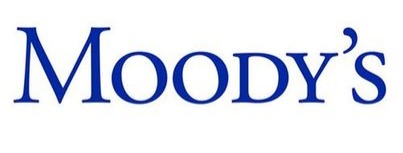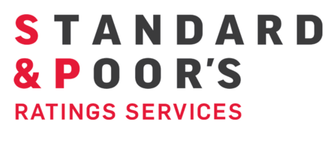Life Insurance Company Rating Agencies

You may have heard or seen different scores or ratings such “B++” or “Aa2” describing life insurance carriers.
But what do they mean exactly and should you care?
We’ll break it down.
What Do Life Insurance Company Ratings Mean?
These scores and ratings are issued by independent agencies who rate the financial strength of insurance companies.
The purpose of life insurance is to provide financial protection for your loved ones in the event something happens to you. So, of course, you want confidence the company will be around and be able to pay out future death claims.
How important is this and how scared should I be?
ââImportant, yes. But the reality is that very few life insurance companies go bankrupt, and even when they do, there are protections in place. Life insurance is a very heavily regulated industry to protect consumers.
How Consumers Are Protected When Things Go Bad
There are several ways that state regulators and commissioners protect consumers. All carriers must play by these rules if they want to continue doing business.
Reinsurance requirements:
ââââInsurers will purchase policies from other companies to protect their ability to pay out claims. Essentially they are spreading the risk out. This is a requirement if they want to issue policies in excess of 10% of the company net worth so it’s very common behind the scenes.
Statutory Reserves:
âââAll providers must keep a certain percentage of financial reserve capital on hand to pay out death benefits. The states individually set these requirements and monitor them closely.
Guaranty Associations:
Membership in a guaranty association is mandatory. These groups are funded by a portion of the group’s collective profits. In a worst-case scenario, it’s yet another level of protection that can step in to make sure all claims are paid and policyholders protected.ââ
Where To Find The Scores
We always list the scores and ratings within our individual company reviews.
You can also go directly to the source for most of the agencies:
Comdex (explained further below) is not easily available publicly but your insurance broker should have access to these scores.
A.M Best
A.M. Best examines the financial information provided by the insurance carrier through direct discussions and publicly available financial reports.
Using their Best’s Credit Rating Methodology (BRCM) they will make assumptions, predictions, and opinions on how likely the company is to meet its future obligations.
These will include but are not limited to balance sheets, liquidity, interest rates, and risk of the investment portfolio.
Moody’s

Moody’s Investors Service looks at a wide range of financial data and benchmarks across the industry to judge both the current and future prospects of stability and solvency.
In addition to the ratings listed below, Moody’s may append a numerical modifier or 1, 2, or 3. This modifier provides more granularity within a specific rating and is meant to show where in the spectrum that specific company falls.
For example:
A rating of Baa1 would be considered higher (better) than Baa3.
Highest quality obligations with minimal risk.
High-quality obligations with very low risk.
Upper-medium grade obligations with low risk.
Moderate obligations with medium risk.
Speculative obligations with substantial risk.
Speculative obligations with high risk.
Obligations in poor standing with very high risk.
Highly speculative obligations. In or near default.
Lowest rating and likely in default with little prospect of recovery.
Fitch

Fitch’s credit ratings are their own opinion on the relative ability of a life insurance carrier to meet its financial commitments.
These scores are designed to help those considering investing or doing business with the company.
Fitch will examine a wide variety of financial documents and information such earnings, balance sheet, business profile, catastrophe risk, and much more.
Standard & Poors

Doing business for over 150 years, Standard and Poor’s is one of the oldest and most experienced credit rating agencies.
Their letter system can be a little confusing (see chart below) but in simple terms, more letters is better and it follows the typical progression of A being better than B, and B being better than C and so forth.
The credit rating given to a life insurance company is a forward-looking opinion on an obligor’s overall creditworthiness. S&P takes an unbiased look at the capacity of the carrier to meet financial commitments. They arrive at these opinions through a careful examination of multiple factors.
Factors may include income/debt ratios, financial plans and balances sheets, earnings, and much more.
Comdex

The Comdex ratings are different than the others. They are not a credit rating system on their own and do not analyze the individual companies. Instead, they aim to simplify things by taking an average of the existing ratings provided by other agencies.
The scores are provided on a 100 point scale with higher being better. The scale provides relative strength in comparison to other insurance companies.
For example:
A score of 90 means a carrier is in the 90th percentile among all life insurance companies.
A carrier must have ratings from at least 2 of the major 4 agencies (A.M. Best, S&P, Moody’s, Fitch) to be included and given a Comdex score.
Comdex ratings were developed and maintained by Ebix Inc and sold as part of their VitalSales Suite.
Top 20 Comdex Ratings
Below scores accurate as of 2020 and subject to change at any time.






